When modern antibiotics run out, Mother Nature’s remedies step up. Long before pharmacies, people survived with herbal and folk medicines to fight infection. To this day, many plants and natural substances have proven antimicrobial properties. They may not be as instantly powerful as prescription drugs, but they can help inhibit bacteria and bolster your body’s defenses. In some cases, they might save a life by controlling an infection until the immune system conquers it.
Key Natural Antibiotic Remedies to Know
Raw Honey:
The ancient Egyptians treated wounds with honey as a natural antibiotic, and it’s still used in modern wound care (medical-grade honey dressings).1 Honey works in multiple ways: it contains small amounts of hydrogen peroxide naturally, has a high sugar content that draws water out of bacterial cells, and is acidic – all together creating a hostile environment for bacteria.2 To use honey, apply it liberally to a cleaned wound and then cover with a bandage. It will help kill bacteria and also keep the wound moist and protected as it heals.3 (Manuka honey from New Zealand is especially famous for its potency, but any raw, unfiltered honey works.) You can also eat honey to soothe a sore throat or cough – it coats and fights bacteria in the throat. Tip: Never give honey to infants under 1 year old (risk of botulism). For everyone else, honey is generally very safe, aside from being sugary for diabetics.
Garlic:
Often called “Russian Penicillin,” garlic is a powerhouse natural antibiotic.4 During World War II, when supplies of real antibiotics ran short, Russian medics famously used crushed garlic on wounds – hence the nickname.5 Garlic contains allicin, a sulfur compound with potent antibacterial (and antifungal) effects. Scientific reviews confirm that garlic’s compounds are effective against many types of bacteria, even some that are multi-drug resistant.6 How to use it? Raw garlic is strongest – you can crush a clove, let it sit for 10 minutes (this allows the allicin to form), then apply the juicy mash to a bandage and place on an infected wound (cover with some gauze; be aware raw garlic can irritate skin, so avoid leaving it on more than an hour or two at a time). For internal infections, eating raw garlic or garlic extract can help from the inside – it’s been used for everything from throat infections to intestinal bugs. Aim for 1–2 cloves per day, chopped fine and swallowed (you can mix with a spoon of honey or spread on a cracker to make it more palatable). Garlic pills or powders are an option, but in survival you likely have the raw bulbs. Caution: Garlic can act as a blood thinner, so if you somehow are on blood-thinning meds or have a bleeding disorder, use moderate amounts and watch for any issues.7
Ginger:
That spicy ginger root in your pantry is more than a stomach-settling tea – it’s also an antibacterial and anti-inflammatory agent. Studies show ginger can inhibit various bacteria including Streptococcus and Staphylococcus species.8 Ginger shines particularly for GI infections (it’s great for food poisoning or diarrheal illnesses) and respiratory bugs. Use it by making a strong ginger tea (simmer sliced or grated fresh ginger in water for 10-15 minutes, add honey and lemon for extra kick). Sip this throughout the day to fight a throat or chest infection. For wounds, cooled ginger tea can be used as a wash, though its effects on skin bacteria are milder than garlic or honey. Still, ginger’s anti-inflammatory properties can help reduce pain and swelling in an infected area.9 And if nausea or stomach cramps come with the illness, ginger addresses that too.
Echinacea:
A famous immune-boosting herb, echinacea was used by Native Americans for infections long before it became a trendy supplement. Modern research indicates Echinacea extracts have an antibacterial effect, especially on bacteria causing respiratory infections.10 Echinacea can also stimulate your immune system to fight viruses, potentially reducing the need for antibiotics in illnesses like bronchitis. In an off-grid scenario, echinacea tincture or capsules are worth having in your herbal kit. Use: At the first sign of infection, start taking echinacea (typical adult dose might be 300 mg of dried extract or 2.5 mL of tincture, three times daily). It’s most effective early on – it might prevent that mild cold from turning into a raging sinus infection, for example. Note: If you have ragweed allergies, use echinacea with care (they’re in the same plant family). Also, echinacea is generally used short-term (a week or two) rather than continuously.
Clove:
Cloves are a spice with a punch. Clove oil contains eugenol, which is both an antiseptic and pain-reliever (dentists use eugenol for toothache). A 2023 study confirmed clove essential oil has a strong inhibitory effect on Staph aureus (a common wound and skin infection bacteria).11 If you have tooth infections or a nasty toothache abscess and no antibiotics, clove is your best friend. Apply clove oil (one drop) on a cotton ball and press on the aching tooth/gum – it will numb the pain and help kill bacteria locally. For skin use, you can add a few drops of clove oil to a carrier oil or clean water and apply as a disinfectant wash (it’s potent, so don’t use undiluted on large skin areas). Chewing a couple of dried cloves can also help a sore throat or sanitize the mouth. Fun fact: clove was so effective historically that during the plague, grave robbers supposedly used a vinegar infused with cloves (and other herbs) to protect themselves – the famed “Four Thieves Vinegar.”
Oregano (Oil of Oregano) and Thyme:
These aromatic herbs pack antimicrobial properties largely due to compounds like carvacrol and thymol. Oregano oil is so strong that it can even kill certain antibiotic-resistant bacteria in lab studies.12 In practice, oil of oregano (usually comes as a liquid dropper or capsules) can be taken for respiratory infections or even mild gut infections. Caution: it is very strong and can burn, so follow dilution instructions – often it’s take a few drops in a glass of water or juice. Many preppers swear by oil of oregano at the first sign of a sinus infection or bronchitis. You can also inhale steam from oregano or thyme. Example: boil a pot of water, add a teaspoon of dried oregano or thyme, cover and steep 5 minutes, then drape a towel over your head and inhale the herbal steam (careful not to scald yourself). This can help clear nasal passages and sinuses with its antimicrobial vapor. Thyme tea (with honey) is a classic remedy for cough and bronchitis, easing symptoms and fighting germs. In fact, a chemical in thyme (thymol) is used in modern medicated mouthwashes. If you have throat or mouth infections, gargle with a strong thyme infusion or a drop of thyme essential oil in warm water.
Vinegar and Fermented Foods:
Apple cider vinegar has modest antibacterial properties due to its acidity. It’s not as powerful as others above, but it can help as a cleaning solution for surfaces or even skin. A traditional remedy for sore throat is gargling vinegar (diluted with water) or vinegar with salt – it creates an acidic environment microbes dislike. Vinegar was a key ingredient in many old-time disinfectant tonics (like the Four Thieves mentioned). Also, fermented foods like sauerkraut, yogurt, kombucha contain beneficial bacteria and acids that can suppress harmful microbes in the gut. In a prolonged scenario, making fermented vegetables not only preserves food but also gives you probiotics that defend against intestinal infections.
Colloidal Silver (Use with Caution):
Some survivalists use colloidal silver as an “alternative antibiotic.” Silver does have antimicrobial effects – hospitals use silver-coated bandages for burns and chronic wounds because it kills bacteria. However, ingesting colloidal silver can be risky and its effectiveness inside the body isn’t well proven.13 If you have a colloidal silver solution, it might help to apply it topically on a wound to keep bacterial counts down (think of it like a liquid bandage). But do not go overboard swallowing silver in hopes of curing infections – long-term use can turn your skin permanently blue-gray (a condition called argyria) and cause other issues.14 Some medical bodies caution that evidence for colloidal silver is lacking and it can do more harm than good.15 Use it only as a backup, and externally if possible. In contrast, using actual silver-infused gauze on a wound, if you have those dressings in a kit, is a great strategy to inhibit infection.
Others to Consider:
Turmeric (curcumin) is anti-inflammatory and mildly antibacterial – a paste of turmeric in clean water can be applied to skin infections (it was traditionally used on wounds in India). Yarrow is a wild plant whose leaves/flowers can be crushed into a poultice; it helps blood clot and has some antiseptic quality, useful for wounds. Plantain leaf (the common lawn weed) also can be chewed into a poultice that reduces infection and inflammation from bites or small cuts – it’s known as “nature’s bandage.” Goldenseal is an herb containing berberine, effective against some bacteria; goldenseal tincture can be used on wounds or taken for diarrhea. If you venture into learning wild medicinal plants, focus on those common to your region that have antimicrobial or wound-healing reputations. Always cross-reference multiple sources before using a wild plant medicinally, to ensure proper ID and safety.
Do natural remedies really work? It’s wise to have a healthy skepticism – no, smearing garlic on a severe gangrene won’t magically cure it the way IV penicillin could. But studies confirm many of these remedies have real bacterial-fighting effects.16 They can slow down an infection or keep it localized, buying time for your immune system to finish the job. In some cases (mild to moderate infections), a combination of these methods might actually overcome the illness completely. The key is to apply them early and consistently. In absence of pharmacy meds, you throw everything you safely can at the microbes: multiple herbs, topical and internal, plus good nutrition and rest.
Lastly, don’t forget the power of heat and sun. For skin infections, warm compresses can increase circulation to an area helping immune cells get there (just be sure not to trap pus – if an abscess forms, it may need draining, which we’ll cover below). Sunlight has UV rays that can kill bacteria on surfaces – exposing bedding or clothes to sunlight can sanitize them to an extent.
Nature’s toolbox is diverse. By knowing a bit of herbal medicine, you add depth to your survival strategy for when the pharmacy is closed for good.
Old-School Antiseptics and DIY Treatments
Modern antibiotics have only been around since the 1940s. How did people treat infections before then? Understanding old-school antiseptic methods gives us additional options when pills run out. Here are some proven historical remedies and DIY treatments you can use off-grid:
Dakin’s Solution (Dilute Bleach Water):
In World War I, before antibiotics, doctors desperately needed something to treat infected battle wounds. A chemist named Henry Dakin developed a solution of sodium hypochlorite (basically bleach) and boric acid – a gentle antiseptic flush that could clean wounds without damaging tissue.17 This “Dakin’s solution” was a game-changer, reportedly making infection almost impossible when used correctly on wounds.18 You can make a similar solution at home: take chlorine bleach (unscented, plain bleach) and dilute 1 part bleach in about 100 parts clean water (that’s roughly 2 tablespoons of bleach in a gallon of water) – plus a pinch of baking soda (boric acid if you have it) to buffer the solution. Use this to irrigate dirty, deep wounds after initial cleaning. It kills many bacteria on contact. Important: Do NOT use full-strength bleach on skin! It will cause chemical burns. But properly diluted (0.5% or less active chlorine), it’s a potent antiseptic that saved many lives in the pre-antibiotic era.19 Only prepare as much as you need for a one-time use – the solution loses potency over time, and be careful to keep it out of eyes and only in the wound area.
Alcohol and Iodine:
Chances are your first aid kit has alcohol wipes or a small bottle of iodine (betadine). These are first-line antiseptics for preventing infection in minor cuts. Off-grid, you might eventually run out of commercial prep pads, but you can improvise. Liquor: Strong spirits (whiskey, vodka, etc., at least 40% alcohol) can disinfect in a pinch – not as effective as isopropyl alcohol, but better than water alone to clean a wound. Tincture of iodine: If you have iodine tablets for water purification, dissolving a couple in a clean cup of water makes a disinfecting wash for wounds (it will be brown and can stain, but it kills germs). Use these chemicals externally only. They help knock down bacteria count at the wound site, giving your body a fighting chance.
Boiling and Flame Sterilization:
If you need to perform any minor procedure (lancing a boil, removing a deeply embedded splinter, etc.), make sure your tools are sterile. Boil metal instruments for at least 5 minutes or heat them in fire until glowing (then let cool). For bandages or cloth, boil them or pressure-cook them if you have that ability, and use them clean from the pot. In a survival situation, fire is your sterilizer – use open flame to sterilize knife blades or needles (again, cool before use). It’s not 100% perfect but it greatly reduces pathogens.
Maggot Therapy (Last Resort but Effective):
This one is not for the squeamish, but it’s tried-and-true. Certain fly larvae (maggots) only eat dead tissue and produce natural antibiotics in the process of feeding. In filthy Civil War field hospitals, doctors noticed wounds crawling with maggots often fared better – the maggots cleaned out the rot that would have killed the patient. One Confederate surgeon, Dr. J.F. Zacharias, reported that “maggots in a single day would clean a wound much better than any agents we had… I am sure I saved many lives by their use.”.20 Today, sterile maggot therapy is a recognized treatment for non-healing wounds. In a survival scenario, if someone has a gangrenous wound or necrotic tissue and you have no antibiotics or surgical facilities, allowing clean fly larvae to do their work could be a lifesaver. How would you even do this? Ideally, you’d let blowflies lay eggs on a very dirty, dead-tissue-filled wound (flies are attracted to dead tissue). Then you’d cover it lightly to keep the larvae in. The maggots will hatch and eat the dead flesh and bacteria, often cleaning up an otherwise hopeless wound. After a day or two, wash them out thoroughly with sterile water once the wound looks cleaner (you don’t want them to start eating healthy flesh). This is truly a last resort measure – but it’s good to know that, grotesque as it is, nature has provided even a “field surgeon” of sorts in the form of maggots. Many a trapped homesteader or soldier before antibiotics survived horrendous wounds thanks to these wriggling medics.
Heat and Drainage for Abscesses:
A painful abscess (localized pus pocket) is the body’s way of walling off an infection. Without antibiotics, one of the best ways to handle an abscess (say, a boil or an infected wound area) is to encourage it to open and drain. Apply warm compresses to the area several times a day (a clean cloth dipped in hot water, as hot as tolerable, applied for 10-15 minutes). The heat increases circulation and can bring the abscess to a head. Once you see a soft spot or “whitehead” of pus, you may need to lance it: sterilize a sharp knife or needle and gently poke/cut the abscess to let the pus drain out.
Warning: Only do this for abscesses near the surface (like skin boils). For anything deep or on the face (like a dental abscess), be very cautious – facial infections can be dangerous if they spread inward. After draining, flush with boiled salt water or diluted iodine, and then pack lightly with a clean strip of cloth or gauze so it can keep draining. Removing that buildup of pus can dramatically relieve pain and remove a huge amount of bacteria from the body. Always keep clean, though – wash your hands and all materials, wear gloves if available, and don’t drive bacteria deeper in the process. Heat and drainage won’t replace antibiotics if the infection has spread, but it can turn a serious localized infection into a healing wound.
Topical Poultices and Pastes:
Many traditional remedies involve making a poultice (a moist mash of herbs or substances) to apply to an infected area. We mentioned garlic and honey already, which can be combined by the way (garlic-honey paste smeared on a wound is double antibacterial).
Other useful poultices: Onion poultice – bake or boil an onion until soft, mash it and apply warm to a skin infection (onion, like garlic, has antimicrobial sulfur compounds, though milder). Bread and milk poultice – an old home remedy for boils: soak bread in hot milk, apply as a warm mush to the boil; as it cools it can help “draw out” infection (this can soften the skin over a boil to help it erupt). Clay or charcoal paste – if you have access to activated charcoal (from a first aid kit or made from charred wood and purified), mixing it with a bit of water to make a paste can help draw out toxins and even bacteria from a wound. Smear the charcoal paste on thickly, cover with cloth; change it every few hours. Similarly, certain clays (like bentonite clay) mixed with water can absorb bacterial toxins and dry out an infected area. These don’t kill microbes outright, but they reduce the bacterial load and inflammation, helping the healing.
Remember, these old-school methods are labor-intensive – you have to keep at it: irrigating wounds multiple times a day, changing honey bandages daily (they get gooey), applying poultices fresh and warm, etc. It’s a far cry from popping a pill twice a day. But your efforts and vigilance are the currency you’ll pay in place of modern medicine. Many of these methods in combination can approximate the effect of antibiotics by keeping bacterial growth in check and preventing the spread of infection.
Step-by-Step Emergency Infection Treatment (When You Have No Antibiotics)
Let’s pull it all together. If you’re faced with a serious infection off-grid and you don’t have antibiotics available, here is an action plan to tackle the problem as best as possible:
1. Identify the Infection:
First, determine what you’re dealing with. Is it an external wound infection (redness, pus, swelling on a cut or injury)? An internal infection like pneumonia (cough, fever, difficulty breathing) or a gut infection (severe diarrhea, dehydration)? Identifying the likely type of infection guides your approach. For example, an abscess on your leg vs. a fever with no visible wound might require different tactics. Take the person’s vital signs if you can (temperature, pulse) – high fever, rapid heart rate, or very low energy level are red flags that the infection is severe.
2. Clean and Drain (if applicable):
If there is any kind of wound, abscess, or localized infection, your first move is to clean it out. Don’t be gentle with germs – be thorough in cleaning, but do be gentle with tissue to avoid further damage. Use the boiled water + salt (saline) or dilute iodine/bleach solution to flush wounds. Remove debris. If an abscess is present and you’re trained/able, lance and drain the pus (as described above). Removing pus and dead tissue physically removes a huge amount of bacteria. Always disinfect your tools and wear gloves or wash hands well. For internal infections (no wound to clean), focus on controlling symptoms initially – for example, if someone has a raging fever, get them hydrated and cooled down a bit, as extreme fever itself can be dangerous.
3. Attack with Natural Antibiotics:
Now bring in the natural remedies. For wound infections, after cleaning, apply honey or herbal antibacterials: pack the wound with a layer of raw honey or sugar (sugar is an old remedy too – it sucks moisture from bacteria). Or apply a garlic-honey poultice or sprinkle crushed goldenseal root powder if you have it (goldenseal is a natural antiseptic). Cover the area with a clean bandage. Reapply fresh honey and dressings at least once or twice a day.
For respiratory infections, start the garlic, oregano, and herbal teas regimen: have the patient drink a garlic broth (crushed garlic steeped in hot water with honey and a bit of cayenne), ginger tea, and thyme tea with honey. Use steam inhalation with thyme/oregano. Consider a few drops of oregano oil under the tongue or in juice daily (if available). Give immune boosters like echinacea or even high-dose vitamin C from your supplies if you have them.
For gut infections, focus on hydration (purified water with a pinch of salt and sugar – essentially homemade oral rehydration solution). Administer charcoal if diarrhea is severe (charcoal can bind toxins and reduce dehydration). Offer mint or chamomile tea to soothe and possibly help as mild antimicrobials in the gut, and avoid anti-diarrheal drugs like loperamide if it’s a dysentery situation – you want the bad stuff out, just manage the fluids. Instead, use probiotics from fermented foods (even a bit of live-culture yogurt if you have a way to keep it, or fermented veggies) to help fight bad bacteria in the intestines.
4. Support the Body:
Infection is a battle – you need to support the patient’s body in the fight. That means rest (strict bed rest if possible for a severe infection – even moving around can spread a localized infection into the blood). Keep them warm (or cooled if fever is dangerously high, above ~104°F – then tepid sponge baths can help bring it down gradually). Ensure they drink plenty of fluids – fever and infection dehydrate you. If they can eat, give easy-to-digest, nutritious foods (broths, if available, or simple grains).
For fever, besides medicines, you can use natural fever reducers: willow bark tea (if you know how to identify willow trees, the bark contains salicin, similar to aspirin) or meadowsweet herb, can help with pain and fever. But don’t suppress a moderate fever too much – fever is the body cooking the bacteria. Only try to cool if it’s extremely high or the person is very uncomfortable. Use cool wet cloths on the forehead or armpits/groin to reduce temperature safely.
5. Monitor Closely and Adapt:
In a world without one-size-fits-all pills, you need to be diligent and flexible. Check the infection site or the patient’s symptoms multiple times a day. Is the wound looking redder or spreading red streaks? (Red streaks could mean a spreading infection – time to intensify measures, and if any antibiotics are left, that’s when you’d use them.) Is the fever improving after 2 days or still raging? If things are getting worse despite treatment, you may need to try something else – for example, if garlic and honey on a wound aren’t stopping the spread, perhaps escalate to Dakin’s solution irrigation and fresh air exposure for the wound. Or if one herb tea isn’t helping a cough, add another herb or a different approach (like a mustard plaster on the chest – a traditional treatment to stimulate blood flow). Isolation: Keep the sick person away from others to avoid contagion, especially for something like a flu or TB-like illness. Wear a cloth over your face (or a proper mask if you have) when tending to them to protect yourself – you can’t help anyone if you fall ill too.
6. Know When to Improvise or Evacuate:
If despite your best efforts the infection is clearly overwhelming – say your patient is getting delirious with fever, or a wound infection is turning into gangrene – you have to make a hard call. If there is any way to get outside help (hiking out to a road, radioing for help, using that one dose of antibiotics you stashed), do it sooner rather than later. You might only have a small window before an infection leads to sepsis (infection of the bloodstream), which is often fatal without hospital care. In a scenario where no help is coming (true off-grid isolation), you still have options to improvise: For example, amputate a limb if an infection in a foot is spreading and will kill the person – in 1800s they did this on kitchen tables and some survived. It’s extreme and dangerous, but so is doing nothing if death is certain. Or perhaps you remember an old antibiotic stash buried somewhere – now’s the time to use it. Always exhaust all options. Sometimes a combination of small measures adds up: a little improvement from herb A + some improvement from remedy B + the body’s efforts can collectively turn the tide.
7. Continue Treatment Past Obvious Recovery:
One mistake is stopping care too early. If a wound starts looking better, don’t suddenly stop cleaning it daily or applying honey. Continue your regimen for several days even after symptoms improve, to ensure the infection truly clears and doesn’t relapse. This is akin to finishing an antibiotic course. With herbs and topical care, it’s less clear-cut how long is enough, so err on the side of a longer treatment. Gradually taper off when you’re confident the infection is gone.
Through all this, keep notes if you can. Record morning and evening temperature, how the wound looked, what you applied, etc. This helps you see patterns (maybe the fever spikes at night, or a certain poultice drew out a lot of pus). It’s also useful knowledge for future incidents.
Conclusion: Knowledge Is the Best Medicine (Share It and Prepare)
Facing a world without antibiotics is daunting, but as we’ve seen, it’s far from hopeless. By preparing in advance – stocking essential meds and learning traditional remedies – you empower yourself to handle infections that would otherwise be deadly. We’ve covered how prevention is your first and best strategy, how to safely store and use any antibiotics you can acquire, and how to fall back on herbal and old-time cures when you must. We even delved into gritty solutions like maggot therapy and bleach water that our forebears used to survive.
The takeaway is this: when antibiotics run out, knowledge and resourcefulness step in. You now have a toolkit of methods – from raw honey on a wound to garlic soup for a feverish patient – that can make the difference between recovery and tragedy. No, it’s not as easy as taking a pill. It requires effort, ingenuity, and the will to fight. But humans survived plagues and infections for millennia with these kinds of methods. You can too.
Recap of Key Points
Keep wounds clean and covered. Stockpile and preserve a small supply of broad-spectrum antibiotics if you can. Use natural antibiotics like garlic, honey, and oregano oil to slow infections. Rely on antiseptics, heat, drainage, and even beneficial insects to control serious wounds. And above all, maintain good hygiene and robust health to prevent as many infections as possible.
In a true grid-down or off-grid survival situation, every family and group should have a plan for medical issues. Start building your herbal first aid kit and practice some of these remedies now (for example, try making a garlic-honey syrup for the next time you have a bad cold, so you know how well it works for you). The more you integrate this knowledge into your life, the more prepared you’ll be if the pharmacy is no longer an option.
When antibiotics run out, your will to live and knowledge to act become the real lifesavers. Take this information, add your own research (never stop learning!), and get prepared. Your life – or someone else’s – could one day depend on the skills and remedies you’ve learned.
Pass on this knowledge – share these tips with friends or fellow preppers. In the end, community wisdom is as crucial as that last bottle of penicillin. Together, we can survive and care for each other, even in a world without easy medicine.
Also, in case you missed it, you should also read what to do when antibiotics run out.
Others Are Watching Now:
References
Disclaimer
This article is for educational purposes only and does not replace professional medical care. Treating infections without medical supervision carries serious risks. Some herbs can cause allergic reactions or interact with medications, and misuse of antiseptics or alternative remedies can cause harm. Always confirm plant identification and consult a qualified healthcare professional whenever possible, especially if you are pregnant, nursing, managing a chronic condition, or allergic to antibiotics. Use these methods as a last resort in true emergency situations, not as a substitute for proper medical treatment when it is available.
[1]https://www.healthline.com/health/natural-antibiotics
[2]https://www.healthline.com/health/natural-antibiotics
[3]https://www.healthline.com/health/natural-antibiotics
[4]https://www.nationalgeographic.com/culture/article/how-garlic-may-save-the-world
[5]https://www.nationalgeographic.com/culture/article/how-garlic-may-save-the-world
[6]https://www.medicalnewstoday.com/articles/321108
[7]https://www.healthline.com/health/natural-antibiotics
[8]https://www.medicalnewstoday.com/articles/321108
[9]https://www.medicalnewstoday.com/articles/321108
[10]https://www.medicalnewstoday.com/articles/321108
[11]https://www.medicalnewstoday.com/articles/321108
[12]https://www.medicalnewstoday.com/articles/321108
[13]https://www.mayoclinic.org/healthy-lifestyle/consumer-health/expert-answers/colloidal-silver/faq-20058061
[14]https://www.mayoclinic.org/healthy-lifestyle/consumer-health/expert-answers/colloidal-silver/faq-20058061
[15]https://www.mayoclinic.org/healthy-lifestyle/consumer-health/expert-answers/colloidal-silver/faq-20058061
[16]https://www.medicalnewstoday.com/articles/321108
[17]https://www.kumc.edu/school-of-medicine/academics/departments/history-and-philosophy-of-medicine/archives/wwi/essays/medicine/dakins-solution.html
[18]https://www.kumc.edu/school-of-medicine/academics/departments/history-and-philosophy-of-medicine/archives/wwi/essays/medicine/dakins-solution.html
[19]https://www.kumc.edu/school-of-medicine/academics/departments/history-and-philosophy-of-medicine/archives/wwi/essays/medicine/dakins-solution.html
[20]https://cuprina.com/learn


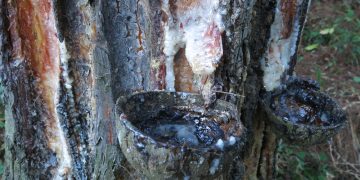
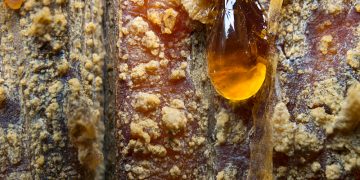

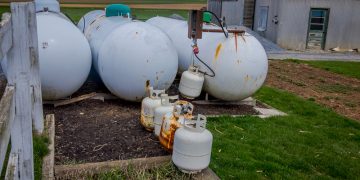



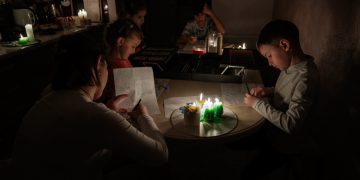





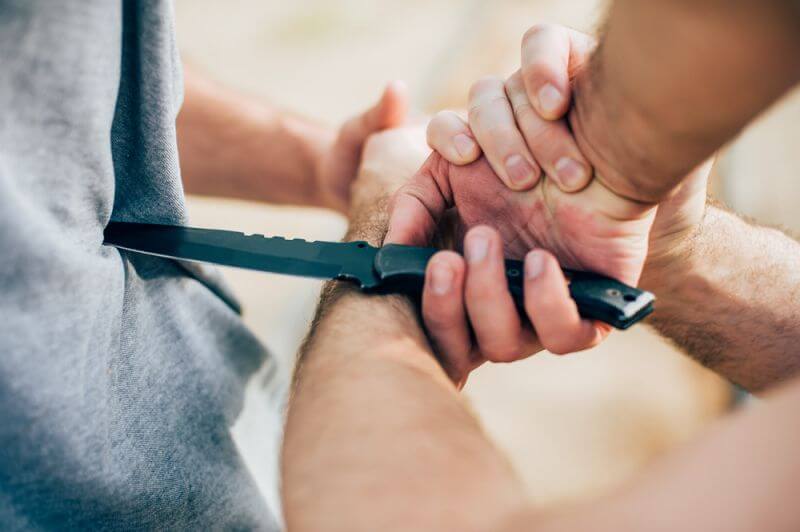



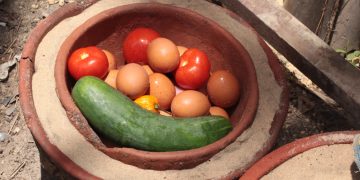

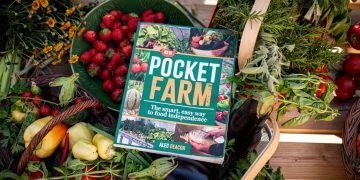
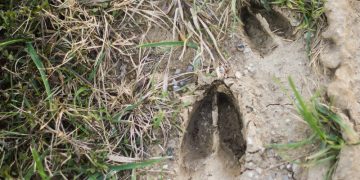
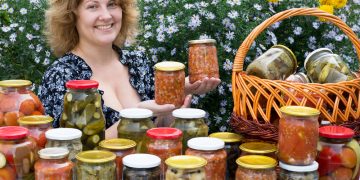
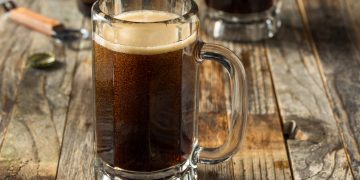


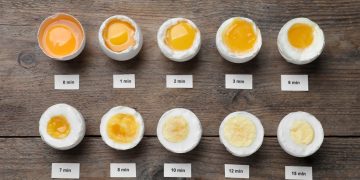

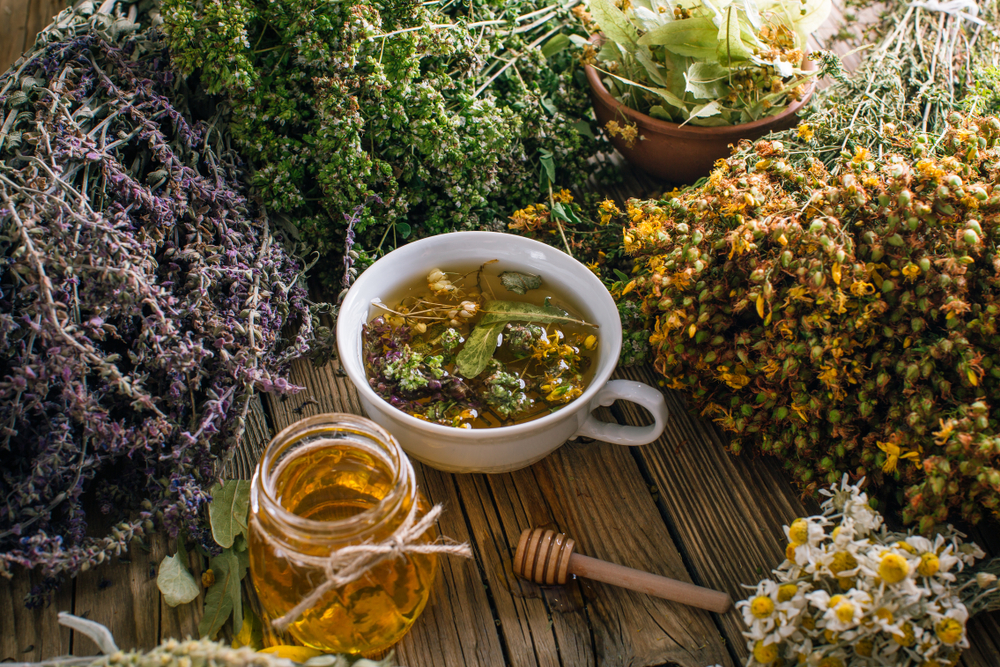
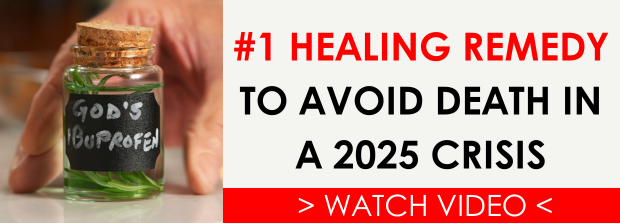
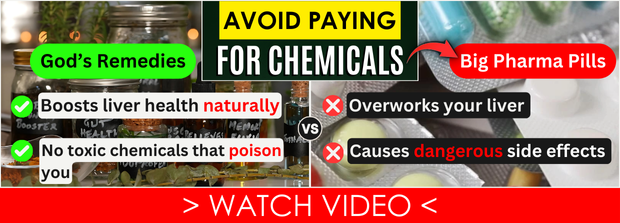
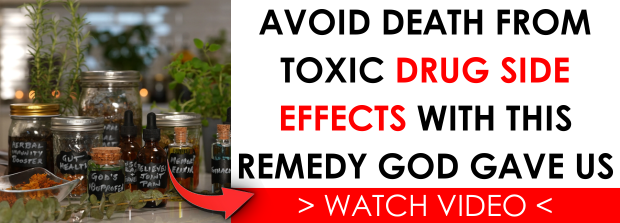
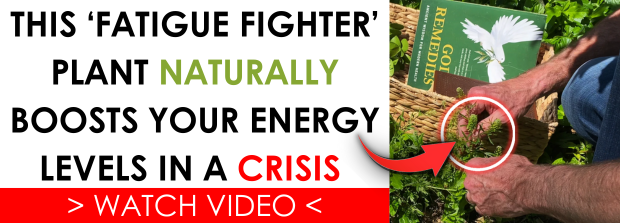









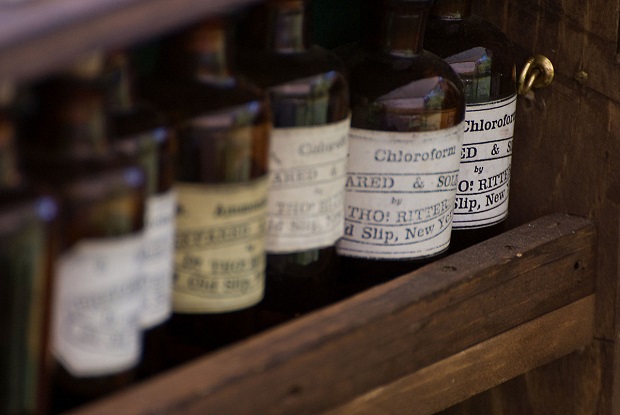
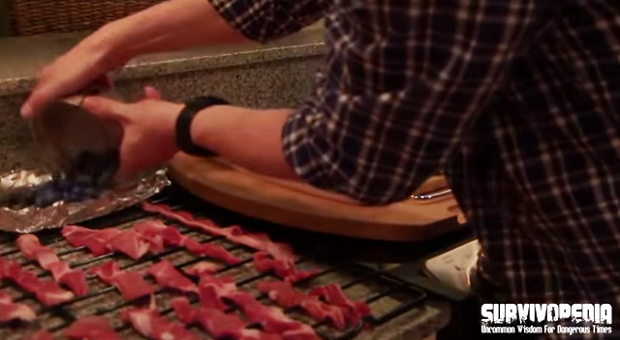






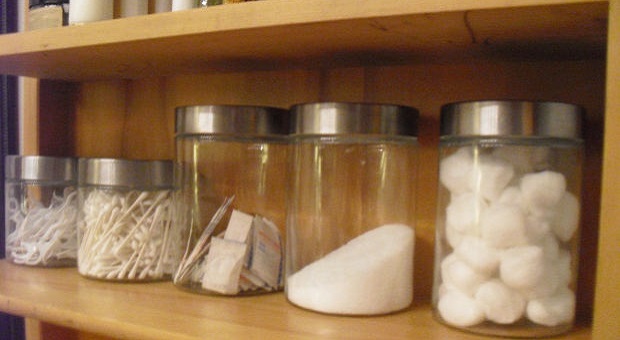


















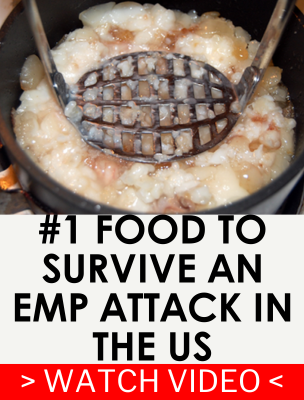









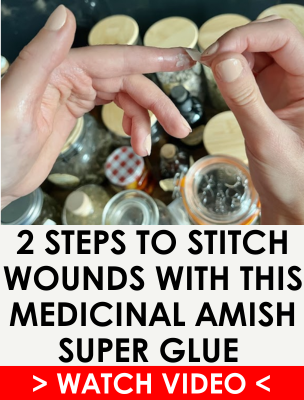
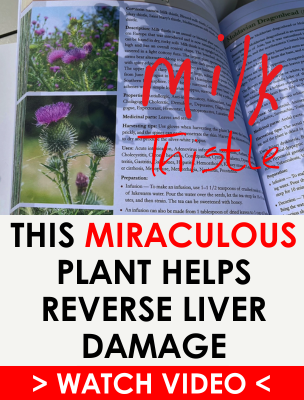
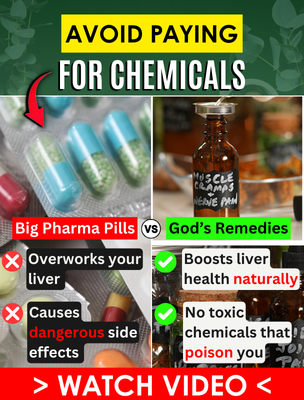
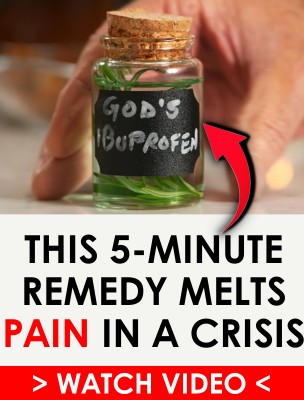


Colloidal silver is awesome. I say this having used it for years, externally and internally. If you ingest it, you should also be sure to consume probiotics because silver will kill friendly gut bacteria as well as the bad guys. Eat live culture yogurt and or fermented foods, no problem.